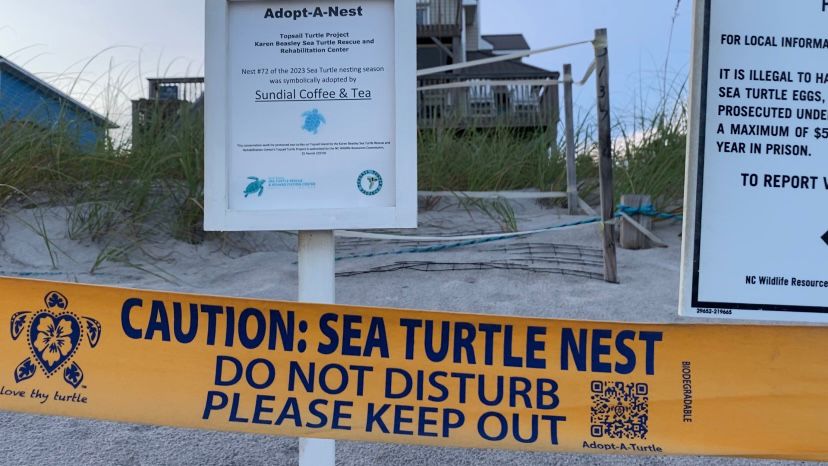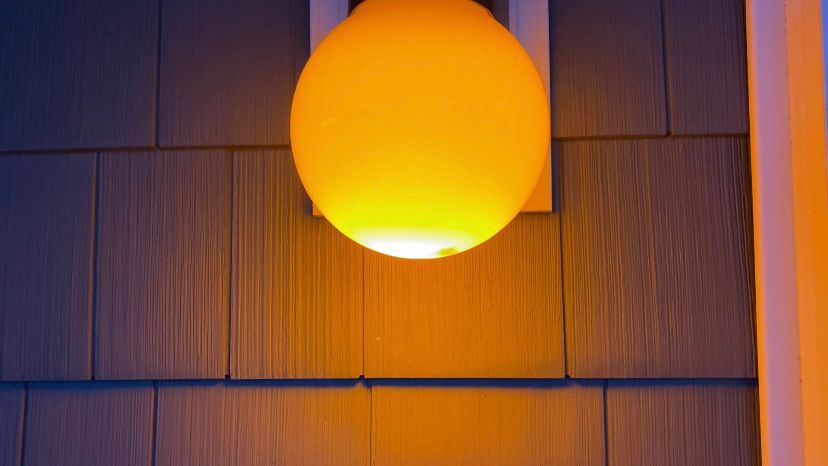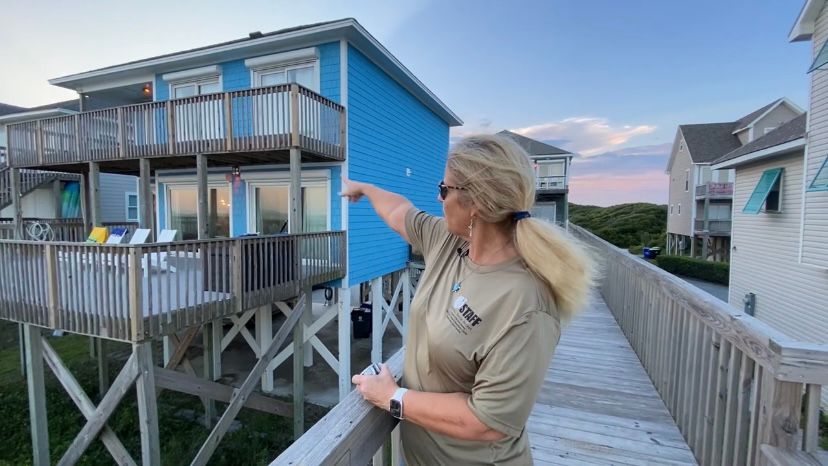PENDER CO., N.C. — It’s been a great sea turtle nesting season on North Carolina’s coast. Over 16,000 nests have been laid this year alone, but as soon as those eggs are laid, the baby sea turtles face immediate threats.
The National Oceanic and Atmospheric Administration says that only about one in 1,000 to one in 10,000 sea turtles will survive to adulthood. Their threats include crabs, foxes, commercial fishing, pollution and even artificial light.
What You Need To Know
- Sea turtle hatchlings use the moon to find their way to the ocean, and bright lights by the shore can cause them to turn around and ultimately die
- NOAA estimates between one in 1,000 to one in 10,000 sea turtles make it to adulthood
- The Topsail Turtle Project is encouraging residents of Topsail Island to use amber lights, a wavelength that the turtles can’t see, to encourage nesting and help the hatchlings
On Topsail Island, passionate turtle lovers are trying to encourage homeowners on the beach to switch their bulbs and make it easier for sea turtle hatchlings to find their way to the sea.
When Tambra Ruff moved there, she knew she wanted to get involved in her community, and that means helping sea turtles. She started volunteering with the Topsail Turtle Project.
Now, she said she’s crossed an item off her bucket list, which is seeing baby sea turtles emerge from their shells and make their way to the sea.

“The first time that I saw an emerge, whenever they hatched and they came out of the nest, you just really can’t even describe it, they’re different every single time,” Ruff said. “It's like you can’t get enough of it, they’re just so cute.”
But once they hatch, their chance of survival is slim.
“It’s really imperative that we protect them at this end where we can because everything in the ocean feeds off them,” Ruff said. “So they need to be protected to at least get there for a fighting chance.”
Ruff says one of the biggest threats the turtles face is certain colors of light light. Bright lights on houses and street lights confuse the turtles when they hatch, and some will turn around and head toward the bright lights instead of toward the ocean.
That’s why Ruff and other volunteers with the turtle project are encouraging residents of Topsail Island to use amber lights instead of white lights on their homes.

“The amber lights that we have now, that are considered turtle safe, they run a frequency that will not blind the turtles,” Ruff said. “So, we just need to have no white, bright kind of light away from the ocean because these hatchlings are very tender and their lives depend on it.”
She’s even convinced her neighbors to switch to amber bulbs.

Ruff said she and the rest of the Topsail Turtle Project will continue to push for these lights to be used on the island so they can give their sea turtles a better chance at survival.
“The hatchlings, their life depends on the homes not having bright lights,” Ruff said. “If they continue to have the bright lights, then the hatchlings are going to die. And if they die, eventually the species will die.”
Amber lights are beneficial not just for baby sea turtles, but for nesting adults as well. Ruff added that when she and her neighbors installed their amber lights, within two days, they had turtles come up and nest in an area that had not been used by the species in over 10 years.
The Topsail Turtle Project is selling amber lights in the Karen Beasley Sea Turtle Rescue and Rehabilitation Center in Surf City.








